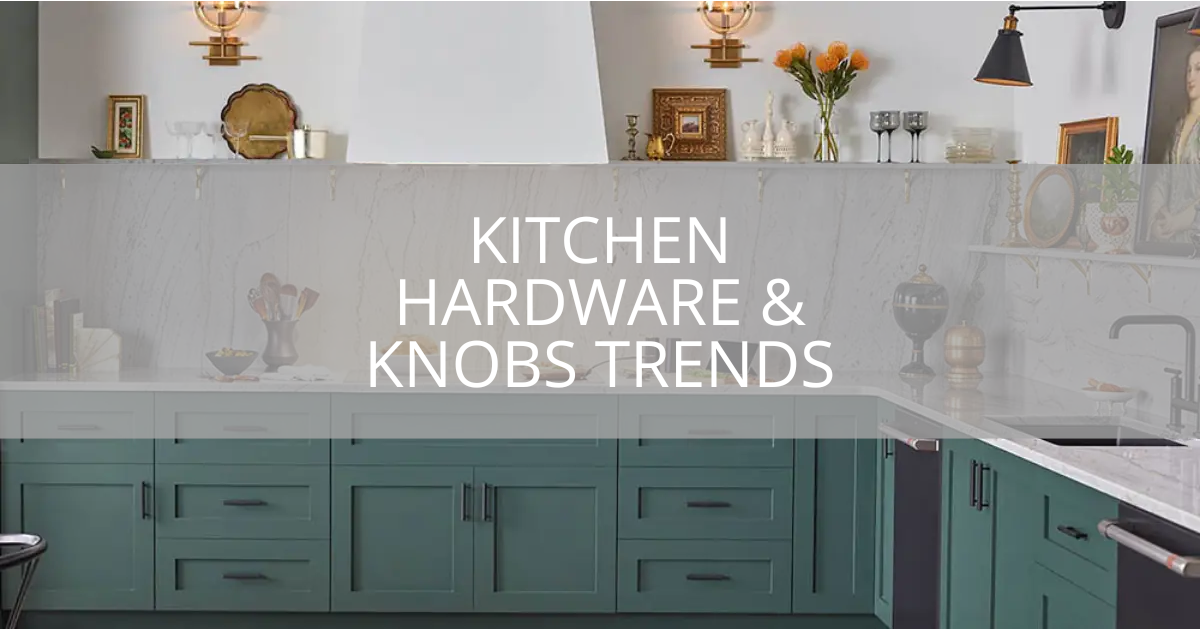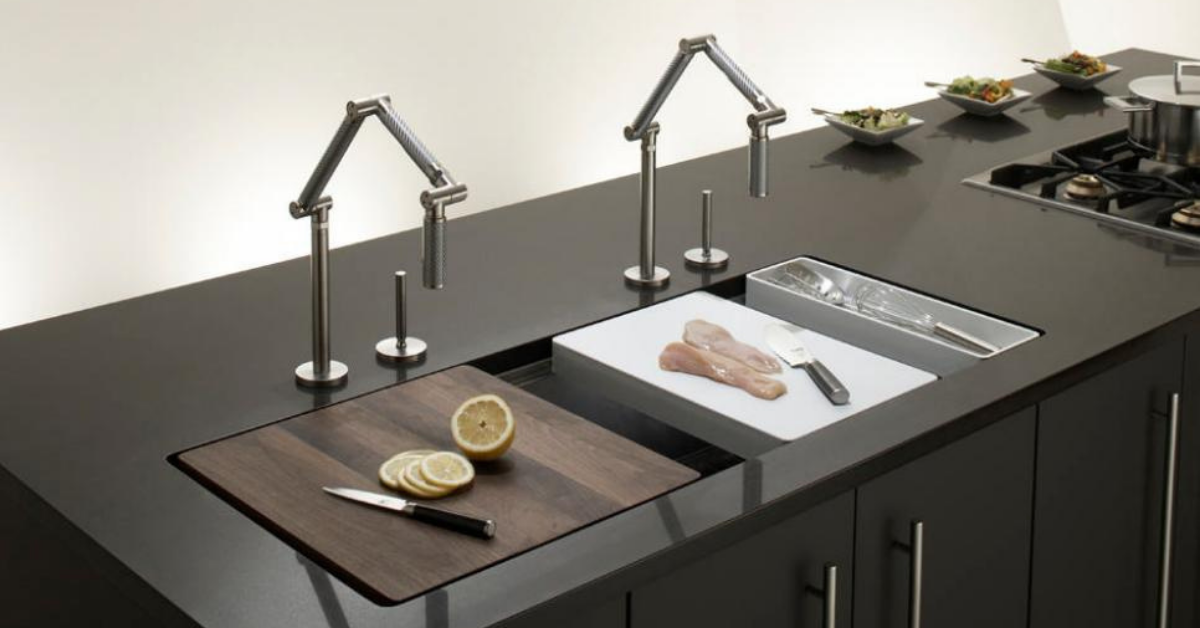
Featured Image: HGTV
Since a good kitchen sink is utilized for cleaning, washing, thawing, draining, and more, every good kitchen boasts one. But don’t you think a kitchen sink needs to be aesthetically pleasing as well as a functional item in your house? Indeed, a sink is essential to maintain the cleanliness of the kitchen and enable quick and easy cooking.
However, since people just consider its use and not its appearance, basic and function often gets neglected. Actually, it is really necessary to make the sink as attractive as possible or maybe even a statement piece in a kitchen. Whether you are a homeowner choosing a basic, sophisticated, or out-of-the-ordinary kitchen sink design, a well-designed kitchen sink will undoubtedly improve the appearance of your kitchen.
Let’s review the top 10 most amazing and creative kitchen sink trends in this blog that will transform your kitchen in 2025.
1. Undermount Elegance
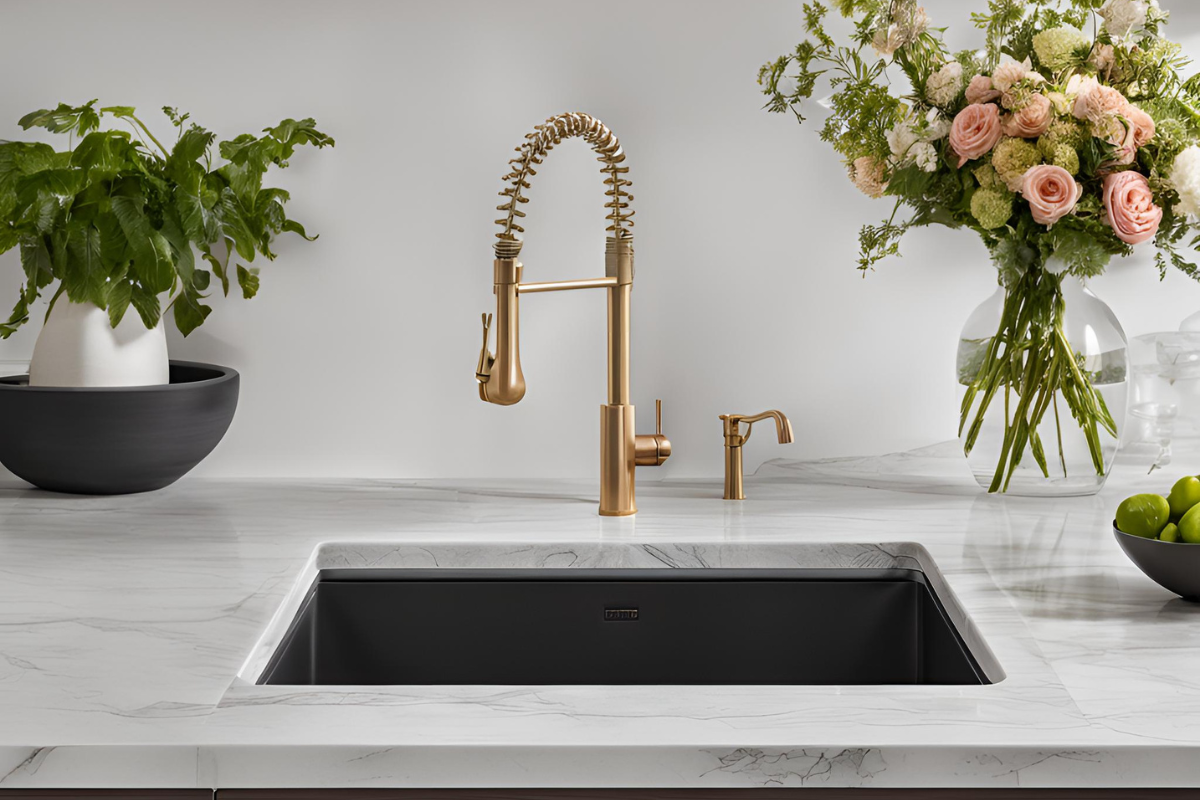
Explore the undermount sink’s flawless beauty—a design that subtly blends into your countertop to provide a sleek, uninterrupted surface. Its understated location under the countertop adds appeal; clean-up is easy since crumbs are directly into the basin. Perfect for modern counters, this sink radiates simplified elegance that appeals to be practical and minimalist.
Benefits
- Aesthetic Appeal: It presents a neat, contemporary look.
- Easy Cleaning: It is easier to clean without a rim to gather debris.
- Counter Space: Since the sink is set under the counter, there is more counter space.
Considerations
- Installation: Requires both sturdy counters like granite or quartz and professional expertise.
- Cost: Installation requirements of these sinks may make them more costly.
Design Tips
- Complement with Countertops: For a coordinated effect, pair an undermount sink with elegant granite or quartz counters.
- Decide on the Right Size: Make sure the sink is big enough for your needs without crowding the counter area.
- Wisely Accessorize: To improve the seamless design, match faucets and accessories.
2. Farmhouse or Apron Sink
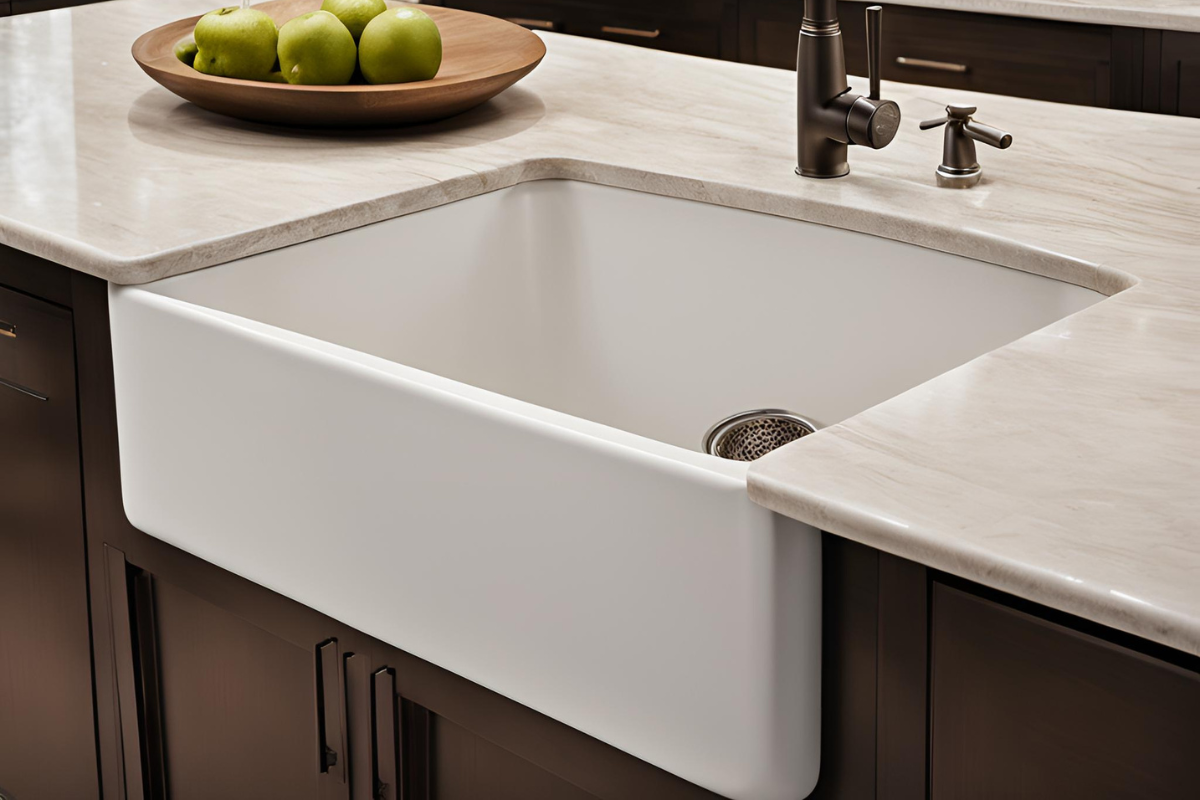
Your kitchen will be much more rustically charming with a farmhouse sink, sometimes known as an apron sink. Inspired by classic country-style kitchens, modernized here with a modern touch, the front panel is rather prominent. For big households and enthusiastic cooks, the deep basin is a sensible option since it lets washing big pots and pans easy.
Benefits
- Aesthetic Appeal: Gives kitchens a rustic elegance.
- Size: Large enough to handle big pots and pans.
- Variations: Found in copper and fireclay among other materials.
Considerations
- Cost: Farmhouse sinks can be really costly.
- Installation: Calls for special cabinets as well.
Design Tips
- Pair with Vintage Faucets: Enhance the rustic appeal with vintage or antique-style faucets.
- Choose Durable Materials: Choose materials with flair and durability like copper or fireclay.
- Blend with Decor: For a coordinated appearance, fit the farmhouse sink into a rustic or country-themed kitchen.
3. Workstation Sinks
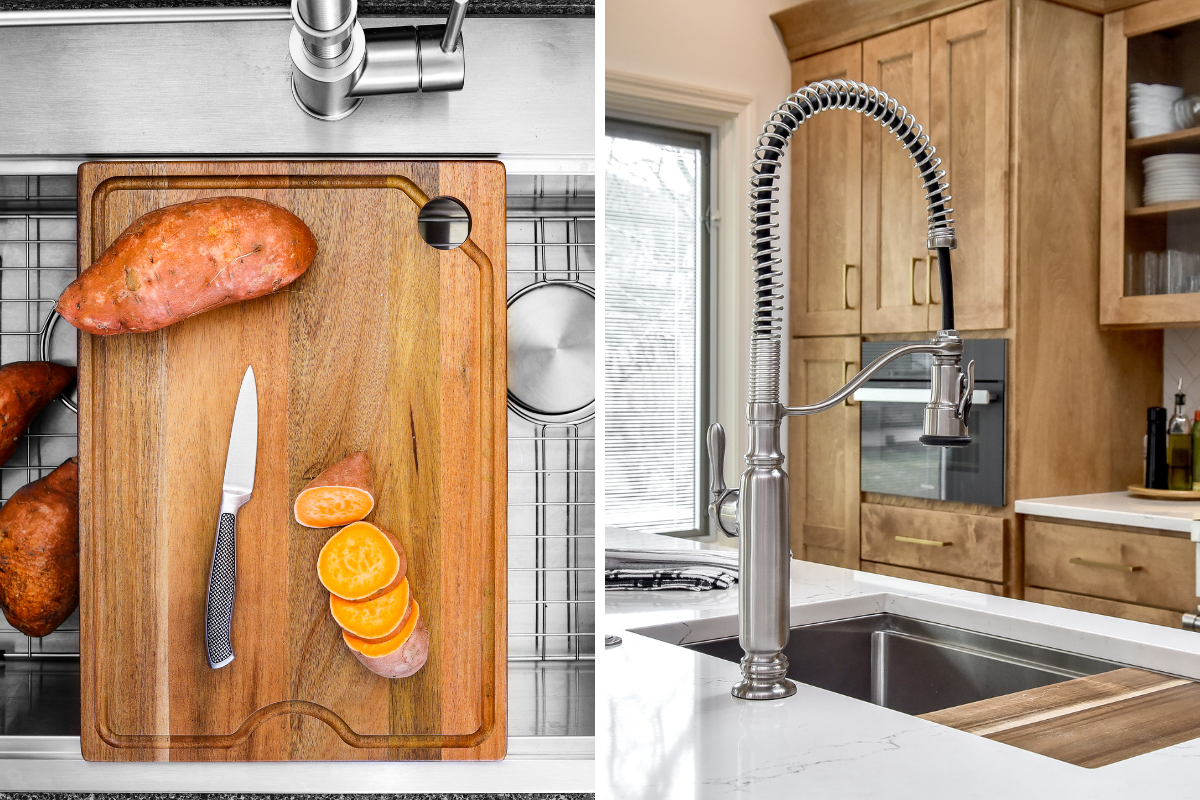
Designed for bigger kitchens, workstation sinks come with attachments such cutting boards, colanders, and drying trays. These versatile sinks maximize use by turning the sink area into a multifunctional workstation, thus simplifying meal preparation and cleanup procedures.
Benefits
- Functionality: Offers a whole prep and wash station.
- Customization: Many models provide configurable accessories.
- Efficiency: Maintaining everything you need within reach helps to streamline process.
Considerations
- Cost: These sinks can run pricey.
- Space: Calls for lots of counter space.
Design Tips
- Choose Modular Accessories: Select modular accessories to add or remove as necessary.
- Keep it Organized: Use built-in organizers to keep items neat and easily available.
- Coordinate with Kitchen Tools: For a coordinated design, match the accessories to your kitchen tools.
4. Double Basin Sinks
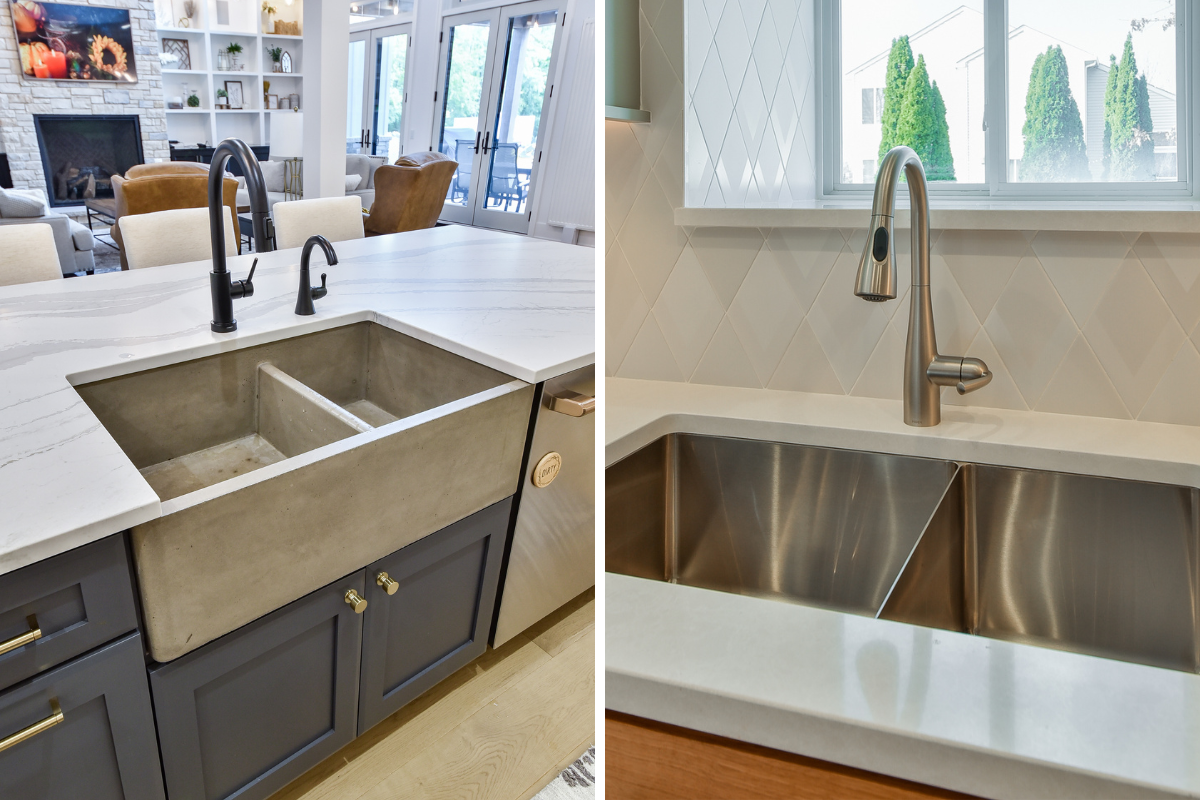
Large kitchens would find double basin sinks useful since they provide two bowls for washing, cleaning, and multitasking. Their diverse configurations—equal and unequal sizes—allow flexibility for different kinds of tasks.
Benefits
- Versatility: Two basins allows multitasking, like dishwashing in one and rinsing in the other.
- Variability: Found in several setups.
- Efficiency: Perfect for big families and busy kitchens .
Considerations
- Counter Space: Uses more counter space than single basins used individually.
- Cost: Double basin sinks may cost more than single basin models.
Design Tips
- Choose Complementary Colors: Pick complementary colors. Choose hues to accentuate your kitchen’s décor.
- Install High-Quality Faucets: For best utility, choose flexible, premium faucets.
- Maximize Storage: Make use of the sink’s underline area for more storage options.
5. Integrated Sinks
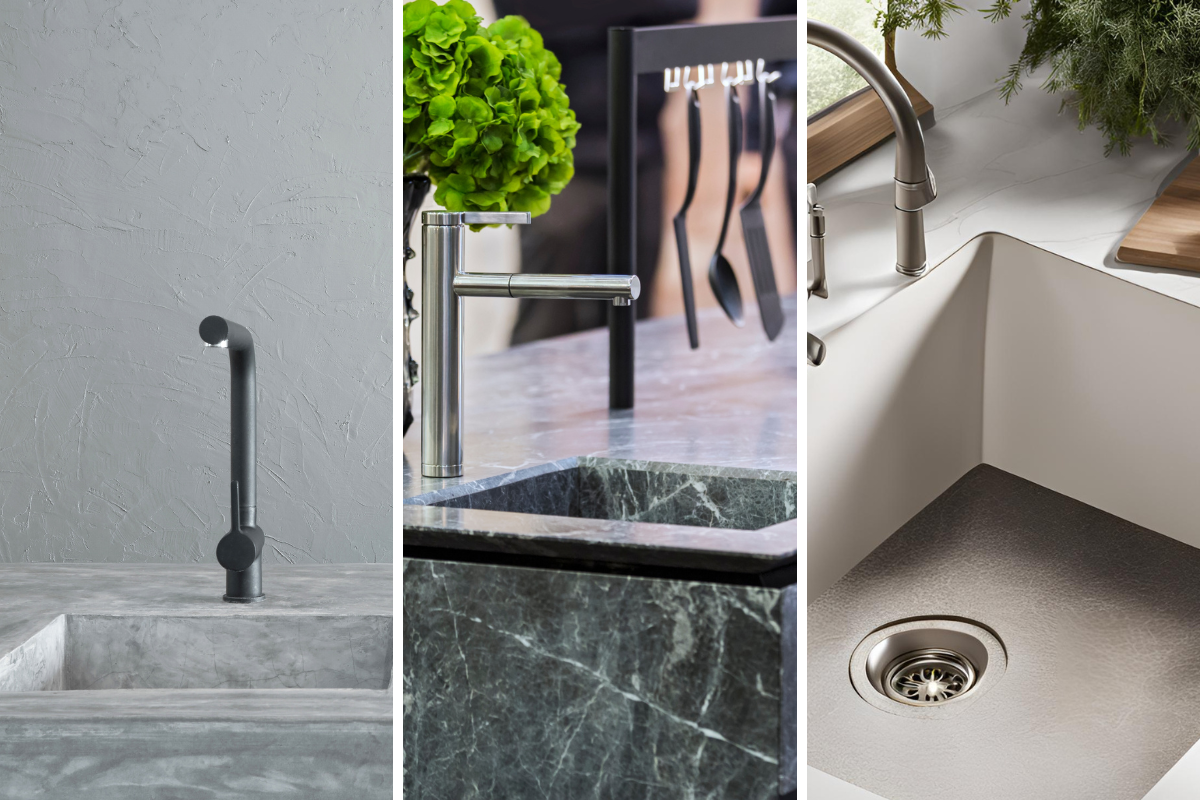
Usually made from the same material as the countertop itself, these sinks provide the kitchen area a coordinated and strikingly beautiful look. These integrated sinks break free from conventional sink and countertop limitations using granite, quartz, or solid surface materials.
Benefits
- Aesthetic Appeal: Presents a clean, simplified appearance.
- Ease of Cleaning: Dirt cannot be trapped by any edges or rim.
- Hygiene: Encourages simpler maintenance and cleaning
Considerations
- Cost: The materials and installation technique can be expensive.
- Installation: Proper installation calls for an expert.
Design Tips
- Match with Countertops: Make sure the sink material either matches or accentuates your counters.
- Keep it Minimal: Embrace simplicity with a spotless, uncluttered sink area.
- Add Subtle Accents: To improve the integrated appearance, accentuate with brushed metal faucets.
6. Copper Sinks
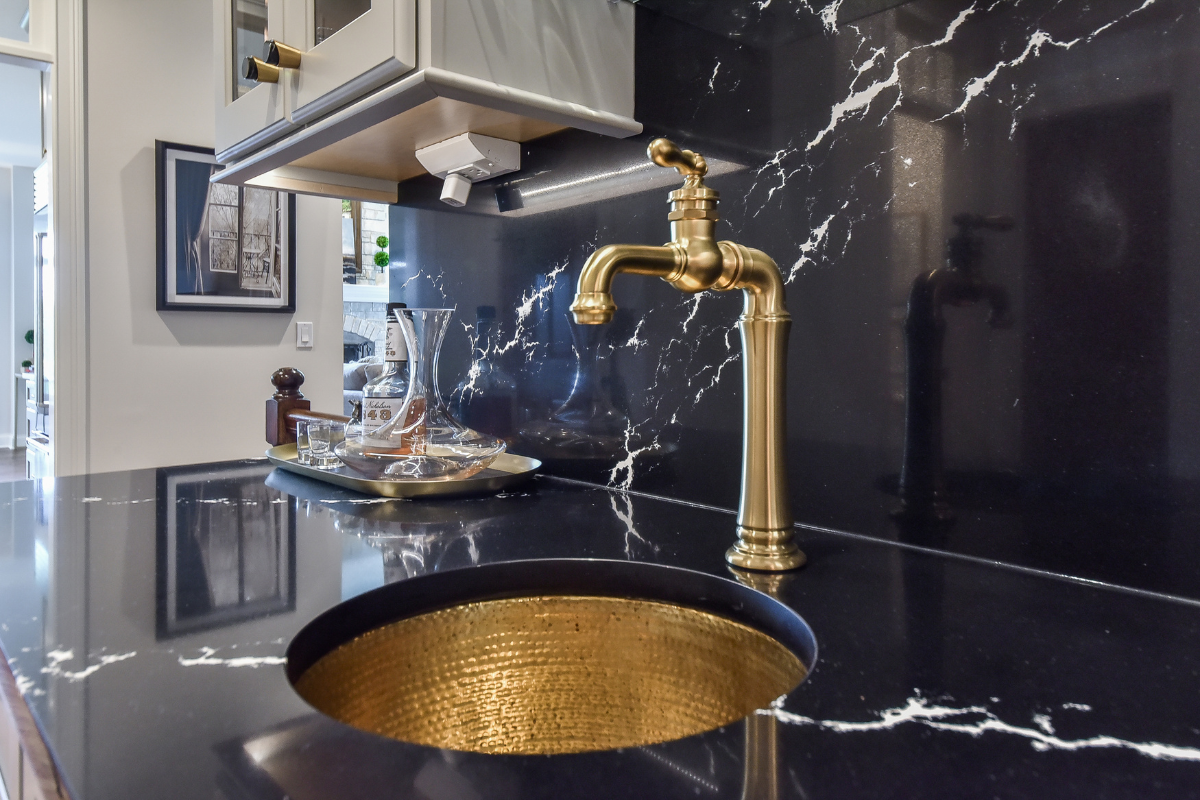
Known for their exquisite look and warm, rich tones, copper sinks give kitchens a bit of rustic appeal and refinement. Copper changes in color and texture over time to acquire a distinctive patina that accentuates its individuality.
Benefits
- Aesthetic Appeal: Over time, copper sinks acquire a distinct patina.
- Antimicrobial Properties: Copper is hygienic for kitchens since it naturally eliminates germs.
- Durability: Resilient against corrosion and rust.
Considerations
- Maintenance: Copper sink care is necessary to maintain its look.
- Cost: Could be costly relative to alternative sink materials.
Design Tips
- Embrace the Patina: Let the copper acquire its inherent patina for a distinctive appearance.
- Pair with Warm Tones: Match your kitchen décor with warm tones to accentuate the copper.
- Use Antique Features: Utilize antique-style accessories and fixtures to accentuate the rustic feel.
7. Fireclay Sinks
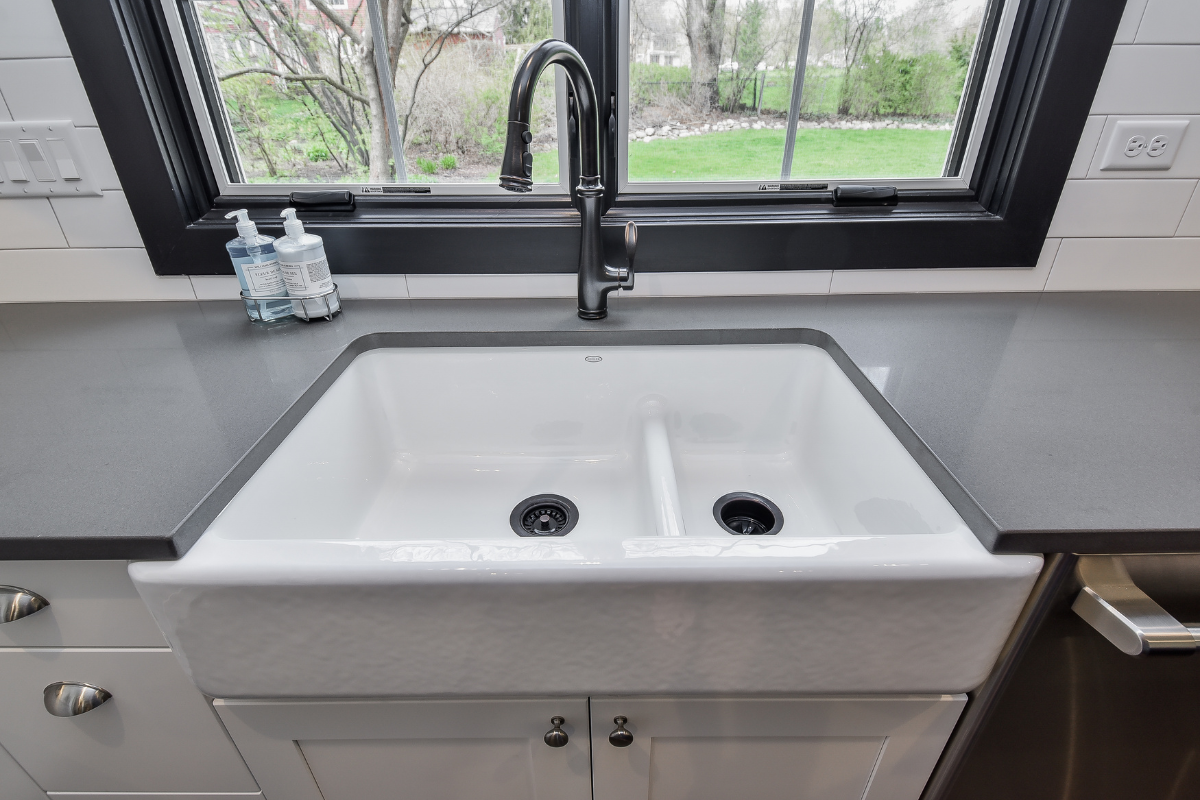
Fireclay sinks, created from a mix of glaze and clay, are sturdy and well-liked for their original and elegant looks. To produce a hard, lasting surface, these sinks are fired at quite high temperatures.
Benefits
- Aesthetic Appeal: Fireclay sink finishes are shiny and smooth.
- Durability: Resistant to scratches, stains, and heat.
- Low Maintenance: Makes cleaning and upkeep simple.
Considerations
- Weight: Fireclay sinks call for strong cabinets and counters for stability.
- Cost: They can cost more than other sink choices.
Design Tips
- Choose Bright Colors: To brighten your kitchen, use either classic or brilliant white fireclay sinks.
- Pair with Modern Fixtures: Create a chic, modern look.
- Enhance with Backsplash: Use a matching or contrasting backsplash to accentuate the sink.
8. Black Granite Composite Sinks
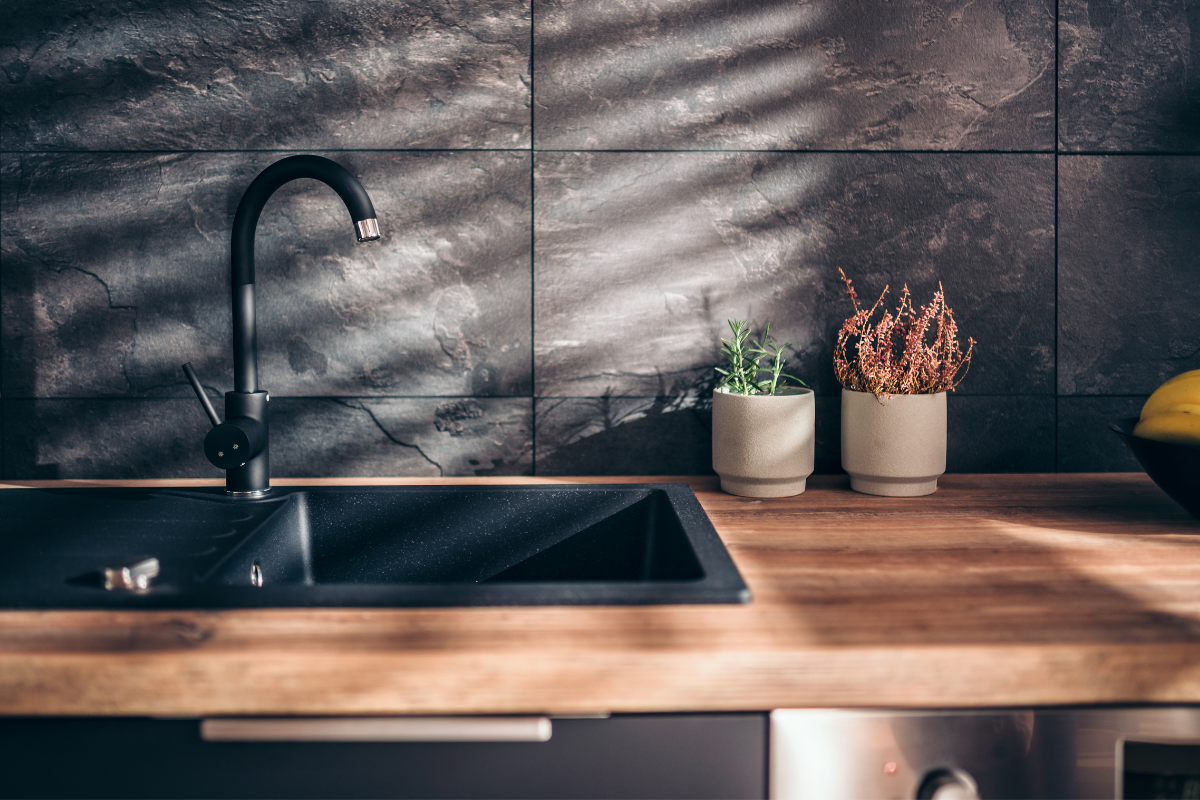
Made from a mix of quartz and resin in an 8:2 ratio, granite and quartz composite sinks are quite scratch-resistant, heat-resistant, stain-resistant. Their dark color gives every kitchen a classy, modern appeal.
Benefits
- Aesthetic Appeal: Offers a contemporary, streamlined style.
- Durability: Resistant to stains, heat, and scratches, durability.
- Variety: Variations abound in colors and finishes.
Considerations
- Weight: These sinks could call for extra support during installation. They are heavy.
- Cost: Usually more costly than other sink materials.
Design Tips
- Use Contrasting Colors: Combine black sink with light-colored counters for a stunning contrast.
- Add Bold Fixtures: Add striking, contemporary fittings to accentuate the streamlined form.
- Incorporate Natural Elements: Combine with natural wood elements for a balanced look.
9. Smart Sinks

Advanced technology is included into smart sinks to improve convenience and utility. Touchless faucets, integrated soap dispensers, water filtration systems, and even voice-activated controls help these sinks to be quite efficient.
Benefits
- Convenience: Features like voice activation and touch-less faucets help make tasks easier.
- Efficiency: Integrated systems like water filtration improve performance.
- Modern Appeal: It gives the kitchen a high-tech, contemporary twist.
Considerations
- Cost: The sophisticated features can make it costly.
- Maintenance: It calls for more parts to maintain and maybe replace.
Design Tips
- Integrate with Smart Home: Make sure the sink runs seamlessly with other smart home appliances.
- Choose Sleek Designs: Choose sleek, contemporary designs to accentuate the advanced features.
- Consider Energy Efficiency: Look for energy-efficient choices to help cut utilities.
10. Recycled and Sustainable Sinks
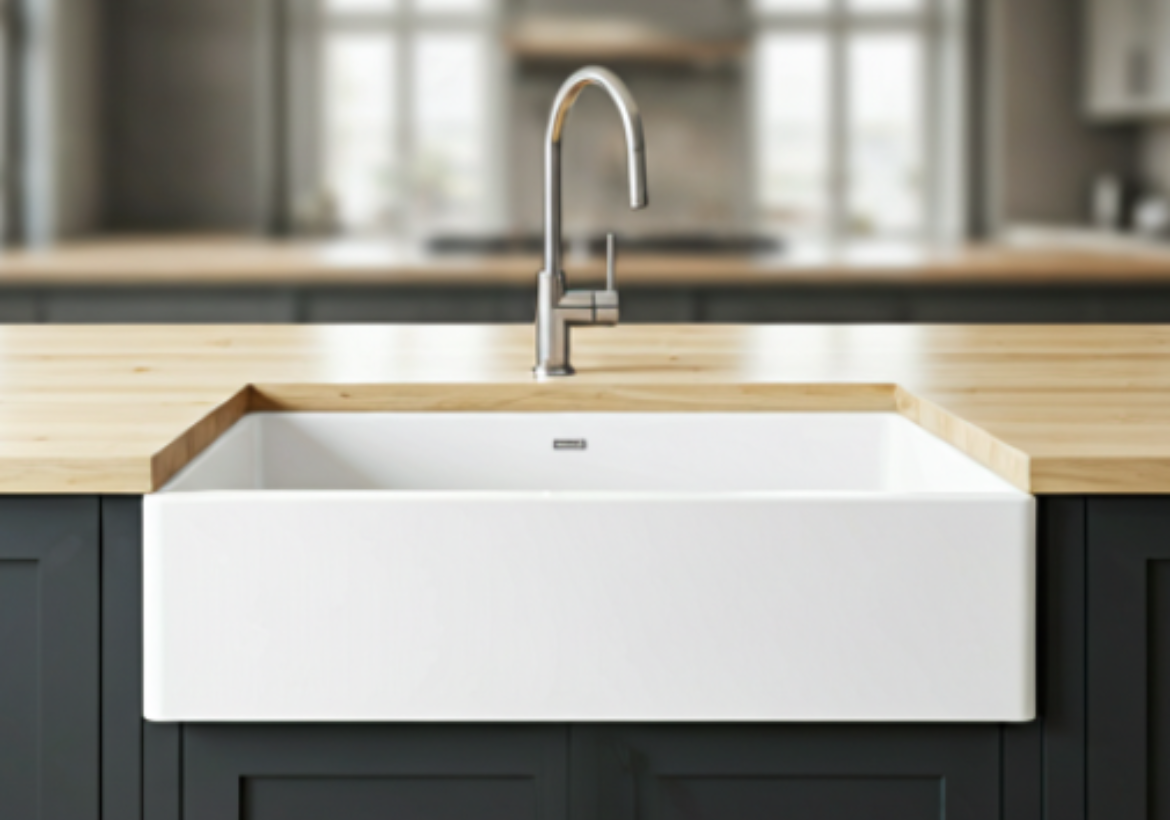
Eco-friendly, sustainable sinks are gaining popularity. Perfect for the environmentally conscious homeowner, these sinks are made from recycled materials or intended to have low impact on the surroundings.
Benefits
- Eco-Friendly: Made from recycled or renewable resources, eco-friendly products.
- Aesthetic Appeal: Available in several fashionable designs.
- Durability: Made to be eco-friendly and long-lasting.
Considerations
- Cost: The materials utilized can cause higher expenses.
- Availability: Might have few choices than with conventional sink materials.
Design Tips
- Choose Natural Finishes: Opt for natural finishes that accentuate the recycled materials.
- Combine with Green Features: Link with other environmentally friendly elements in your kitchen.
- Promote Sustainability: Encourage sustainability in your house from this sink as the focal point.
Additional Considerations for Kitchen Sinks
Material Choices
The material of a kitchen sink greatly affects both appearance and functionality. These are some often used materials together with their characteristics:
- Stainless Steel: Durable, easy to clean, and complementary for most kitchen layouts.
- Porcelain: Classic look, smooth surface, but can chip or scratch.
- Granite Composite: It comes in several colors and is quite strong. It is also stain and scratch resistant.
- Cast Iron: Strong and sturdy, cast iron boasts an easily cleaned glossy enamel finish.
- Acrylic: Though less durable than other materials, acrylic is lightweight, reasonably priced, and available in many colors.
Installation Types
The kind of installation your sink uses determines both its look and performance. Typical installation types include:
- Top-Mount (Drop-In): Easy to install and replace, with the sink rim sitting on the countertop.
- Undermount: Installed under the countertop for a flawless appearance, undermount is easy to clean but needs expert installation.
- Farmhouse (Apron-Front): Usually having a deep basin, it features an exposed front panel providing rustic appeal.
- Integrated: Perfectly merges with the countertop material to create a modern, neat appearance.
Functional Features
Modern kitchen sinks have several useful elements meant to improve efficiency and convenience:
- Touchless Faucets: Sensors activate touchless faucets, thus lowering the requirement for touching handles.
- Integrated Soap Dispensers: Built-in house dispensers for hand or dish soap.
- Water Filtration Systems: Guarantee straight from the tap pure, filtered water.
- Built-In Cutting Boards: Offers extra workspace and simple cleanup.
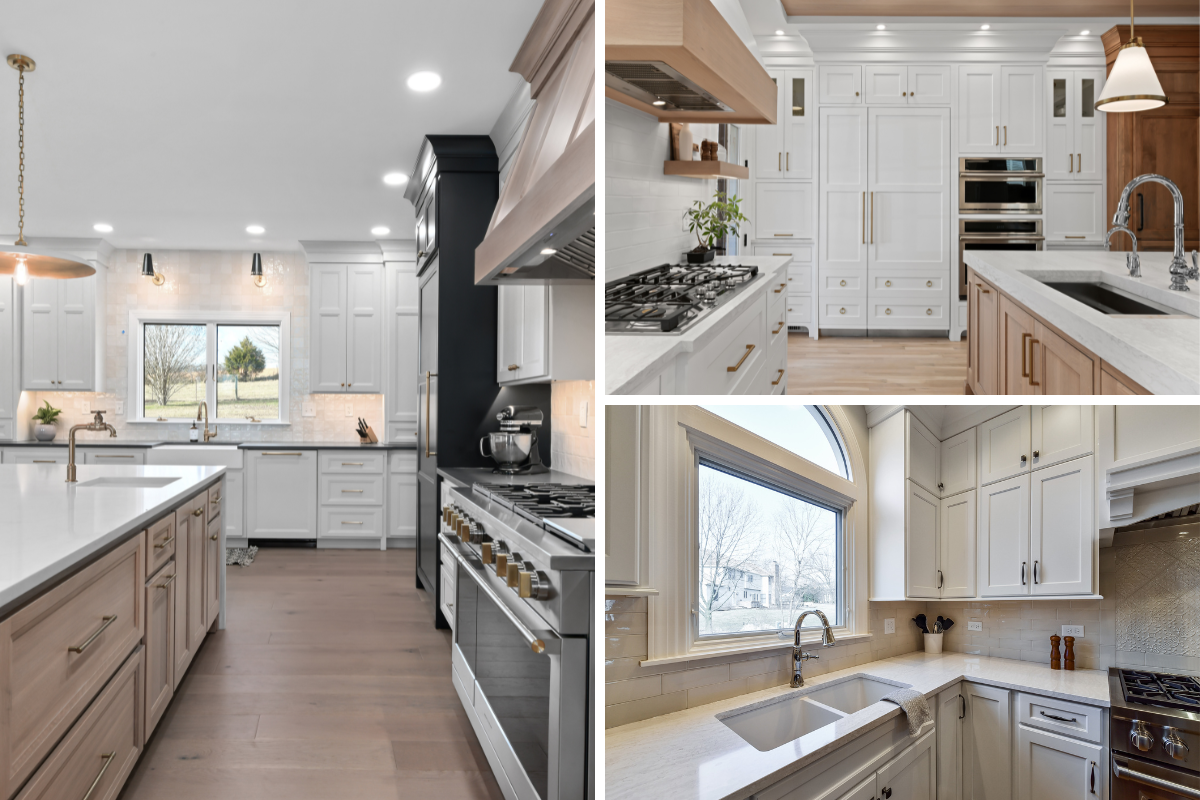
Conclusion
Kitchen sink trends in 2025 will center on balancing functionality with appearance. There are many choices available whether you are for the rustic appeal of a farmhouse sink, the undermount sink's flawless appearance, or the high-tech features of a smart sink. Choose the ideal sink for your house considering the style of your kitchen, your own tastes, and your budget. Keeping these top trends helps you to choose a kitchen sink that not only satisfies your requirements but also enhances the whole appearance and feel of your kitchen.
Selecting the perfect sink is more than just a practical decision; it’s a reflection of your style and the functionality you desire in your kitchen. 2025 has a range of amazing concepts that suit every taste from the classic elegance of undermount sinks to the futuristic innovation of smart sinks. Examining the material, installation style, and extra features will help you to choose a kitchen sink that not only improves the appearance of your kitchen but also facilitates daily tasks. Embrace these trends and create a kitchen that effortlessly integrates design with utility.
For a top-notch kitchen remodel, only trust Sebring Design Build. Call us today to schedule an appointment.








